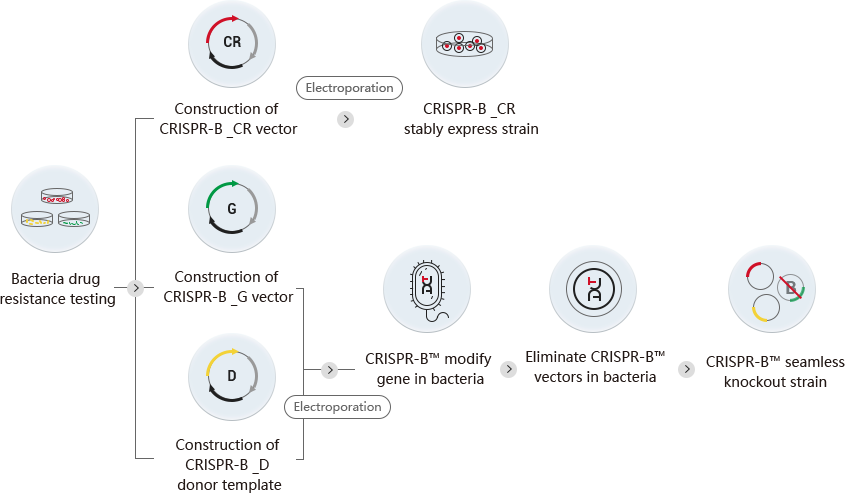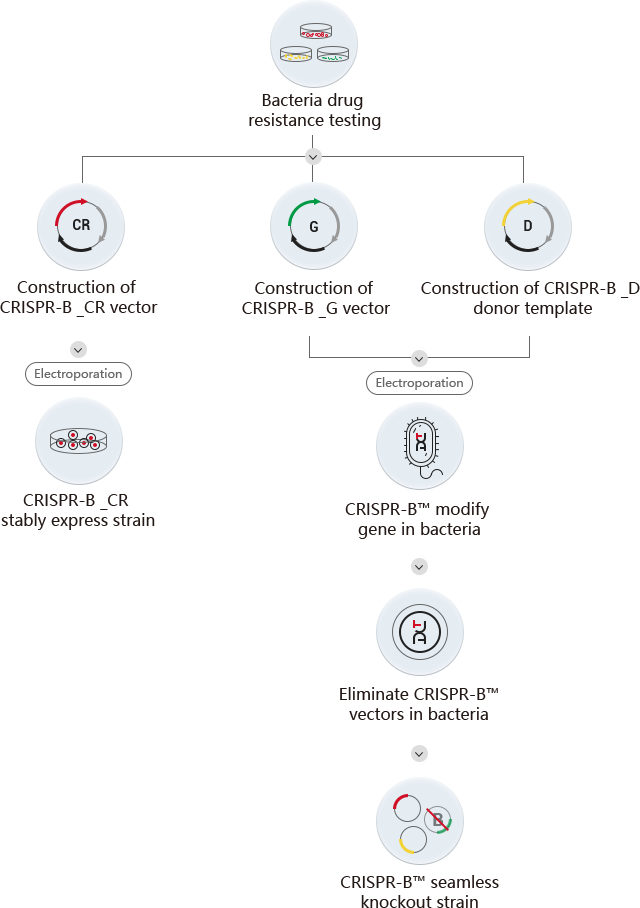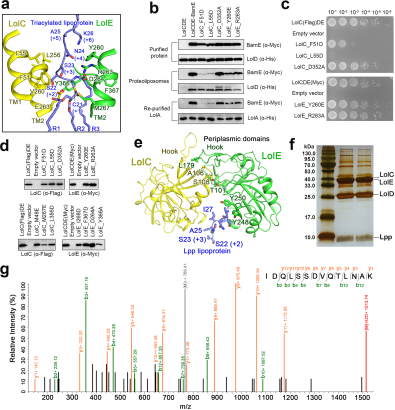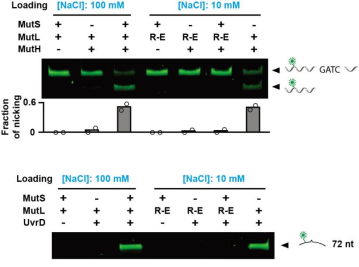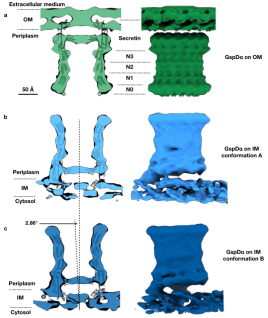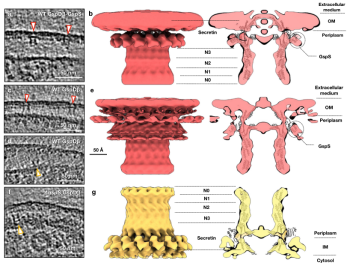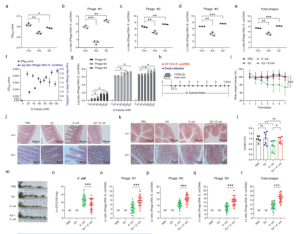In order to explore the key molecules in the signaling process of mismatch repair mechanism (MMR) and the function of PCC,
the MutL gene knockout Escherichia coli constructed by Ubigene was used in this study. Through single molecule fluorescence imaging technology and in vitro reconstruction of MMR system, it was proved that MutL sliding clamp is the key molecule in MMR signaling, while MutS is only a mismatch specific clamp loader, and the function of MutL PCC was also explained. It provides new insights into the signaling mechanism of DNA mismatch repair.
View details>> 




